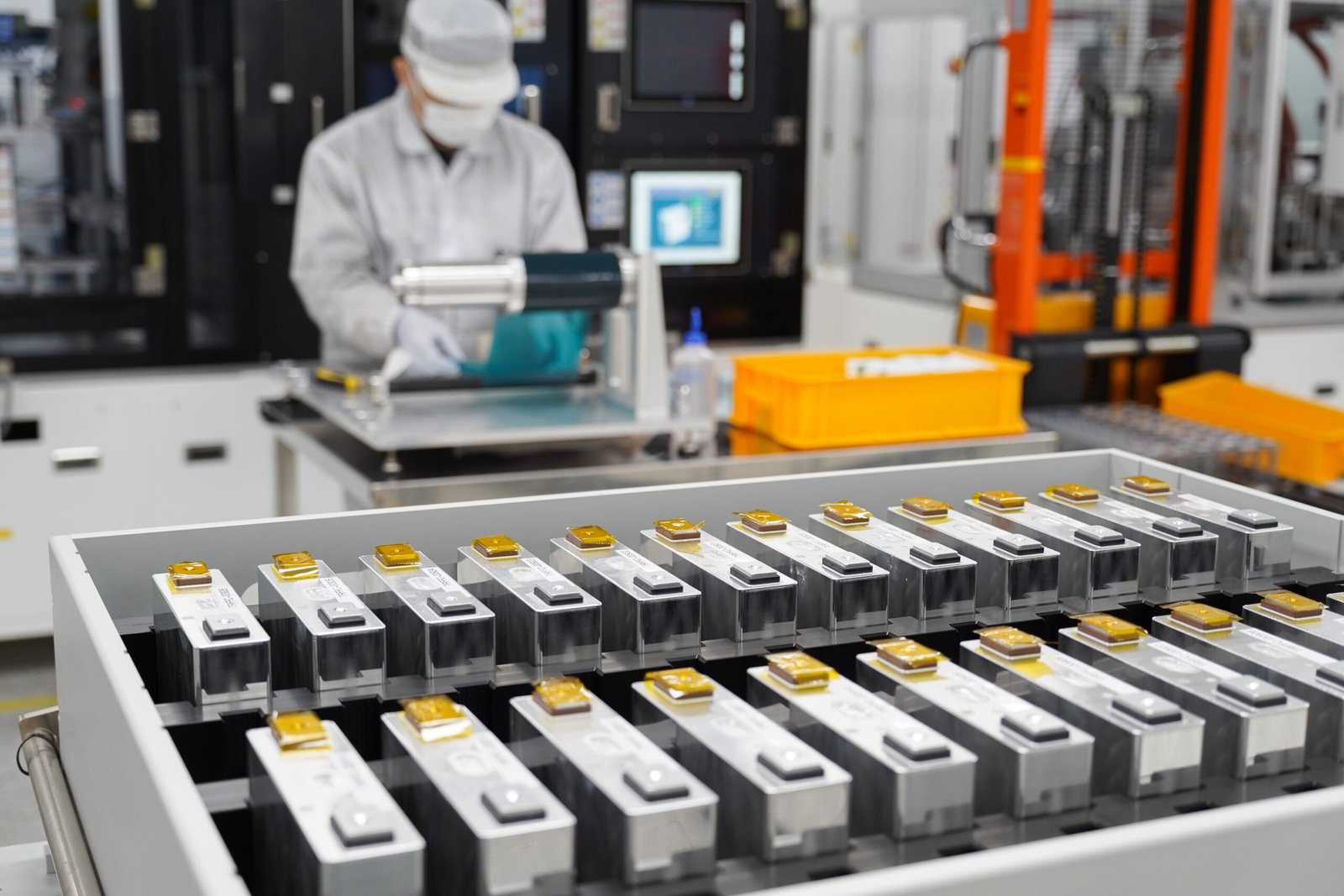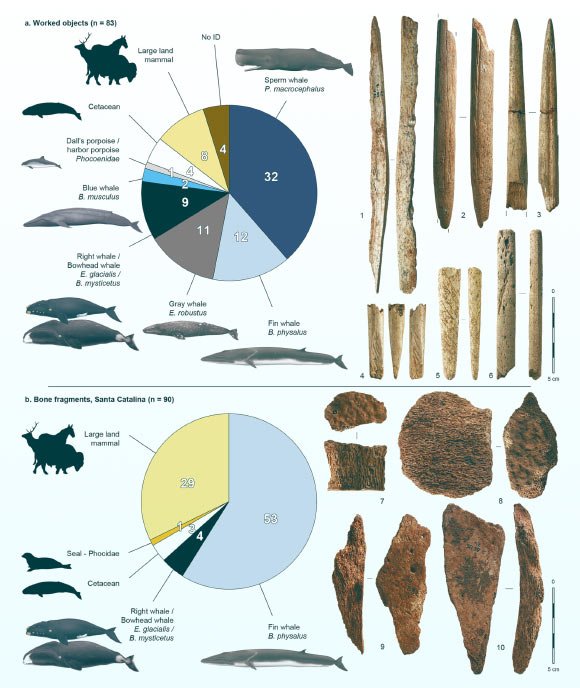A type of electric car battery based on iron and phosphorus that poses less of a threat to tropical forests is rapidly replacing batteries reliant on cobalt and nickel, recent data shows.
According to a report on energy transition minerals from the International Energy Agency (IEA) this month, in 2020, lithium iron phosphate (LFP) batteries made up less than a tenth of the electric car market, but by 2024 this had risen to nearly half, driving down the market share of lithium nickel manganese cobalt (NMC) batteries.
The IEA said this shift – which it predicts will continue – had led its experts to revise down their estimates for cobalt and nickel demand. Both minerals are mainly mined in rainforest countries: cobalt in the Democratic Republic of Congo (DRC) and nickel in Indonesia.
Perrine Fournier, a campaigner at forests and rights NGO Fern, told Climate Home that the transition to LFP batteries is “good news for the world’s forests, since they rely on materials such as iron which don’t generally sit under tropical forests”.
Researchers at the French think-tank négaWatt and the Vienna University of Economics and Business found in a recent report commissioned by Fern that if all new electric vehicles used LFP batteries, deforestation would drop by 43% by 2050 compared with business as usual.
Cobalt and nickel mines have attracted criticism from environmental and social justice campaigners, as well as from climate-sceptic opponents of electric cars. Many cobalt miners in the DRC endure harsh working conditions while nickel mines in Indonesia have taken over and destroyed forests on Indigenous land.
Indonesia turns traditional Indigenous land into nickel industrial zone
Lars Christian Bacher, CEO of Norwegian LFP producer Morrow Batteries, told Climate Home on a recent trip to Oslo that the lack of cobalt in LFP manufacturing was an advantage from an environmental point of view “or even some other issues related to child labour and others that we’ve read about”.
But, while LFP batteries may be preferable from the perspective of the environment and human rights, the IEA warned that their supply chain is even more dominated by China than traditional NMC batteries – a growing concern for Western politicians. In particular, the IEA’s head of critical minerals analysis Tae-Yoon Kim warned that manganese sulphate and phosphoric acid are “potential choke-points”.
He pointed out that China produces 95% and 75% respectively of these materials and called on governments to “pay great attention to the emerging bottlenecks in this new battery supply chain”. In January, China’s Ministry of Commerce proposed export restrictions on technology used to manufacture LFP batteries. China produces 98% of LFP cathodes.

LFP batteries began to boom initially because of high nickel and cobalt prices, the IEA said – and their market share is now growing because they are 30% cheaper. They have also become more energy dense, meaning the same size battery can take an electric car further on one charge. Chinese companies BYD and CATL say that their newest batteries can take a car 400-520 km on a five-minute charge.
Speaking to reporters in Oslo, Bacher said another reason Morrow had chosen to produce LFP batteries at its factory in the Norwegian forests is that they are “extremely safe”. He said customers had tested the batteries by trying to stick nails through them and set fire to them, without success.
In contrast, lithium-ion batteries – which are different to LFP batteries – have been described by experts like the British Safety Council as a “growing safety risk” due to battery fires, which grow quickly in intensity as gases are released, feeding the flames.
Does the world need a global treaty on energy transition minerals?
Other types of battery – including sodium-ion batteries and types of lithium-ion batteries rich in manganese – are “also gaining traction”, the IEA’s report said.
Unlike the others, sodium-ion batteries do not contain lithium – but a recent study in Nature Energy found that it will be “challenging” for sodium-ion to compete with lithium batteries on cost until at least the 2030s.
Urvi Mehta, who researches batteries for Lux Research, told an industry briefing that because of its energy density advantage – allowing for longer driving ranges – over sodium, “lithium is here to stay”.











